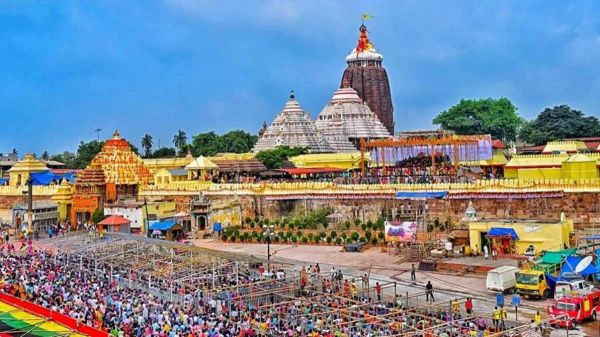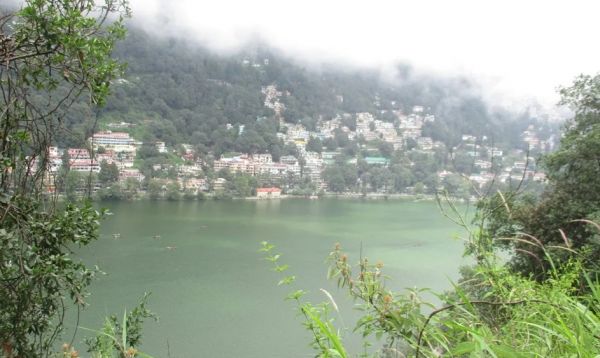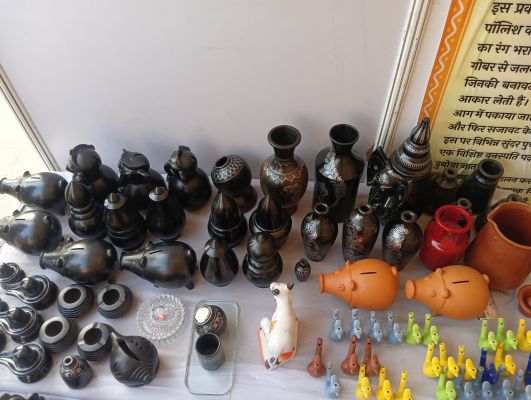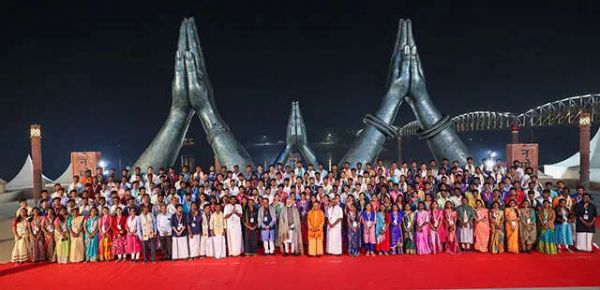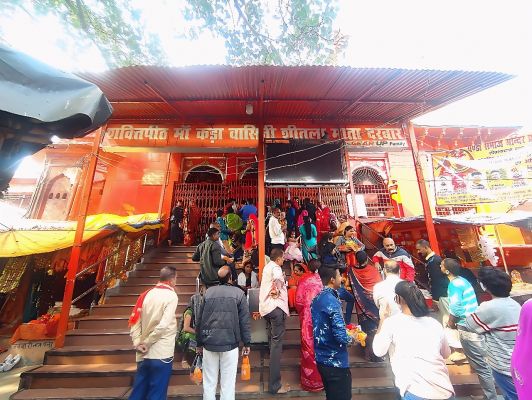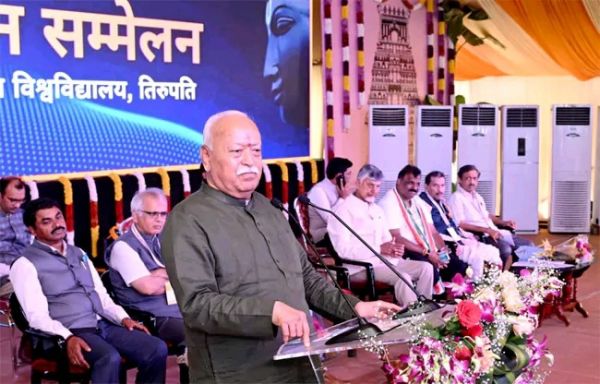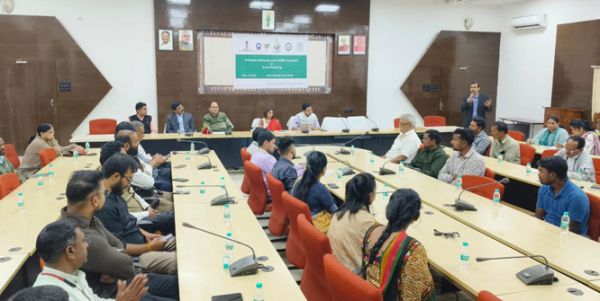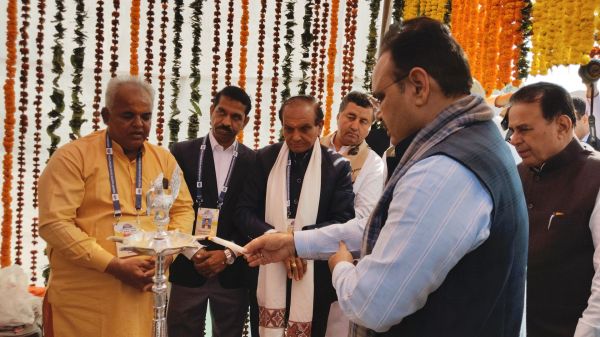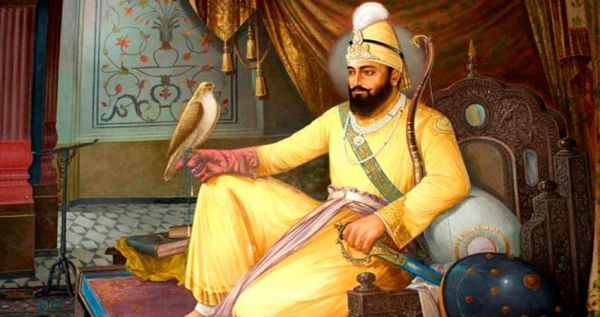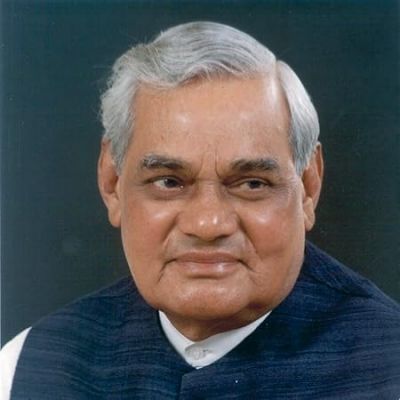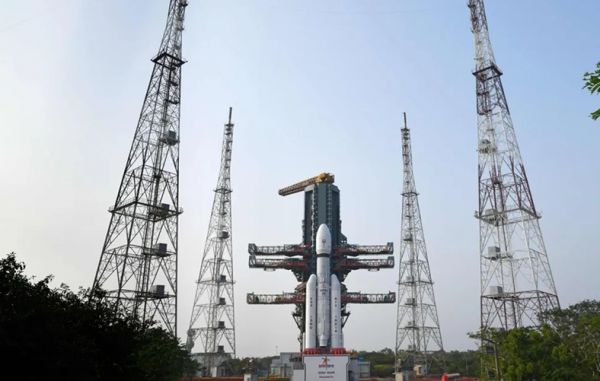Human nature is nomadic. In the initial phase, it was seen as a necessity, but after that, as soon as life became permanent, it gained stability and slowly moving from one place to another and coming back is called an excursion. The excursions were made by people of investigative tendencies. In the twentieth century, excursions were called tourism. When a person goes without any specific purpose just for the aesthetic experience or for the satisfaction of his body, mind and soul, it is called tourism. The country which is geographically rich, culturally ancient and historically holistic, has immense potential for tourism and from this point of view, India has been the center of attraction for centuries. Therefore, its various other forms have also been seen in front of us today in the form of medical tourism, environmental tourism, pilgrimage tourism, commercial tourism, historical tourism etc. Presently, tourism has taken the form of an industry. The meaning of industry is taken as the hard work done to get some kind of profit. This benefit can be economic, global or spiritual.
When considering tourism as an industry, it appears necessaryto discuss its various dimensions. In this sequence, by discussing medical tourism, there is an understanding of a place where medical facilities are adequately available. In fact, India remains a suitable destination for medical tourism for developing countries, where medical facilities are inadequate and expensive. India is an accessible medical destination for African countries, such as Somalia, Sudan, Nigeria, Algeria etc., and for West Asia and East Asia countries. The medical system is good in European and North American countries, but medical facilities are expensive there compared to India. For this reason, India has proved to be the best place for medical tourism for African countries. Along with this, medical experiments like Ayurveda and homeopathy have also made tourism prosperous.
Eco-tourism has been one of the favourite tours since itsinception. Eco-tourism is all about nature. Mangroves, deserts, lakes, rivers, beaches, forest sanctuaries, national parks, valley of flowers, Western Ghats, Himalayan philosophy, etc. are related to the environment. On the one hand, the tourist gets spiritual benefit from this type of tourism. On the other hand, local administrators also get economic benefits.
It is also necessary to understand pilgrimage tourism in this sequence.The existence of different religions makes India rich in this type of tourism. While on the one hand, there is the Char Dham tradition established by Shankaracharya in Hinduism, Jyotirlinga Yatra, Kumbh Yatra, Ganga bath etc., on the other hand, a Buddhist circuit has developed for the followers of Buddhism. Ajmer Sharif, Haji Ali, Jama Masjid, Moti Masjid, various tombs and dargahs are especially visible for the followers of Islam. Amritsar, Patna Sahib, Delhi, Jammu, Maharashtra etc. are particularly important places for Sikhs.
Tourism is really purposeful. Commercial tourism is a result of this. A local variety of different occupations promotes commercial tourism, such as the carpet industry of Bhadohi, the bangle industry of Firozabad, the saree industry of Kanchipuram and Chanderi, wood art of Uttar Pradesh, marble industry of Jaipur etc.. Therefore, in order to explore the limitless possibilities of commercial tourism, the global branding of local industries is essential.
In this era of globalization, when the geographical distance of the whole world seems to be decreasing, the possibilities of progress in various dimensions of tourism have been sufficient. Today, there is a need to give a global perspective to the locality and take advantage of the diversity to enrich the immense possibilities of tourism.
Author- Pradeep Vaishnav



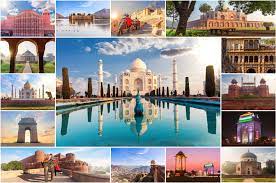
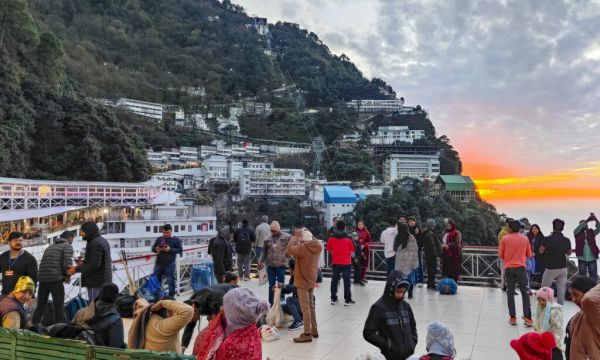
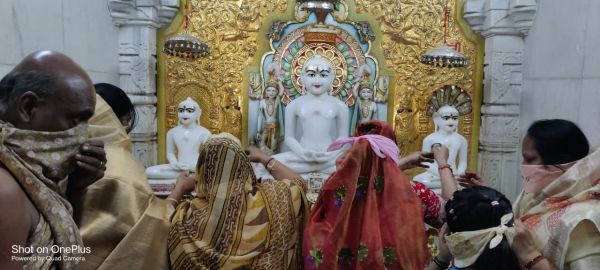
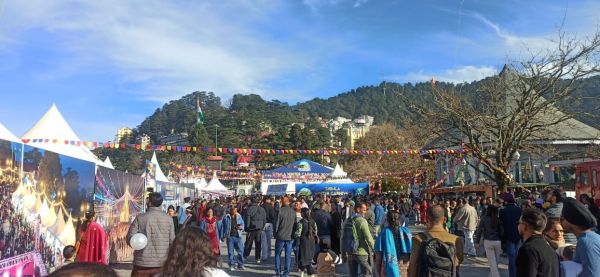




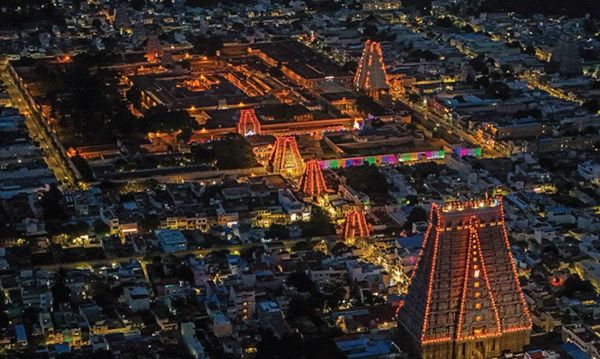
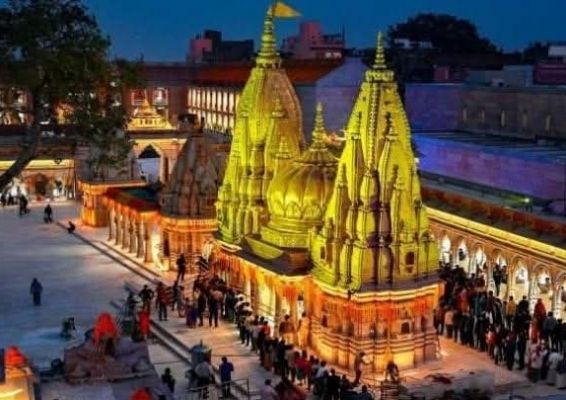
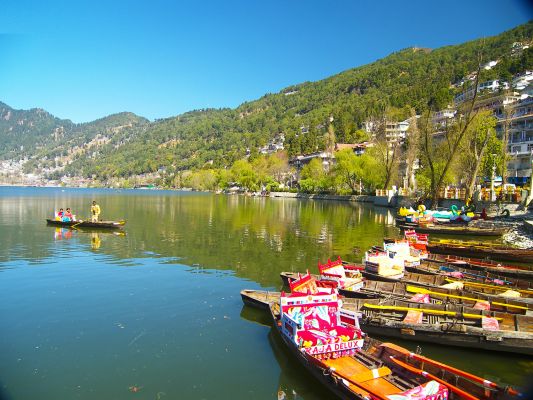
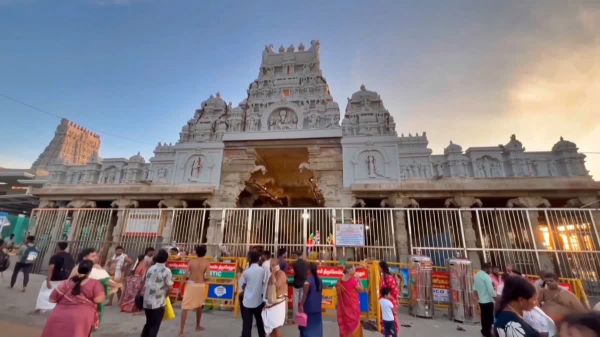
.jpg)
